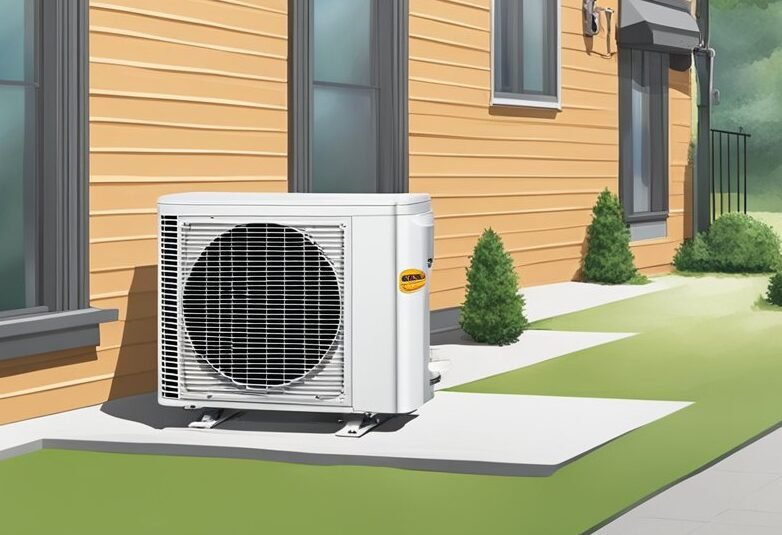2 Ton Mini Split: The Perfect Cooling Solution for Your Home

A 2 ton mini split system is a great choice for cooling and heating medium-sized spaces efficiently. These systems provide both comfort and convenience without the need for ductwork, making them popular among homeowners. They can effectively cool or heat rooms of about 1,000 to 1,200 square feet, providing a perfect solution for homes and small businesses.

Modern mini split systems offer advanced features like variable speed inverters and smart home connectivity. This allows for customized temperature control, helping save energy and money on utility bills. These units are designed for quiet operation, ensuring a comfortable living environment without noisy disruptions.
With various options available, including energy-efficient models and varying SEER ratings, finding the right 2 ton mini split can seem daunting. However, this guide will simplify the process, making it easier to choose the best system for specific needs.
Understanding 2 Ton Mini Splits

A 2 ton mini split system is a popular choice for cooling medium-sized spaces. It offers effective cooling power while maintaining energy efficiency. Understanding its core components and how to determine the right size is key for optimal performance.
Core Components and Functionality
A 2 ton mini split system consists of two main components: an indoor unit and an outdoor unit. The outdoor unit includes a compressor, which is essential for heat transfer. It extracts heat from the outside air and dissipates it, using refrigerant lines to connect with the indoor unit.
The indoor unit distributes cooled air throughout the space. The system operates using DC inverter technology, which adjusts the compressor’s speed based on cooling needs. This feature enhances energy efficiency and lowers energy consumption.
Typically, a 2 ton system has a cooling power of 24,000 BTU, making it suitable for spaces around 1,000 to 1,200 square feet. Many units also feature adjustable fan speeds to customize airflow.
Determining the Right Size
Choosing the correct size for a mini split system is crucial. A 2 ton system is generally appropriate for homes up to 2,000 square feet. To assess the right fit, consider the coverage area and specific room characteristics.
Key factors include the room’s height, the number of windows, and insulation quality. Ideally, using a professional can help calculate the necessary BTU based on these factors.
Additionally, look for systems with a high SEER rating. This indicates energy efficiency, leading to lower utility bills. An expert can also help determine if a heat pump is suitable for both cooling and heating needs.
Installation and Maintenance
Installing a 2-ton mini split system involves several steps. Proper installation ensures reliability and energy efficiency. Regular upkeep also enhances performance and can lead to energy savings.
Installing Your Mini Split
To start the installation, determine the best location for the indoor and outdoor units. Indoor units can be wall-mounted, ensuring optimal air distribution. A 2-inch or 3-inch hole will need to be drilled for the line set and control wire.
Next, connect the control wire to the indoor unit. Make sure to follow the manufacturer’s instructions. It is helpful to have a second person when feeding the line set through the hole. After that, uncoil the line and carefully attach it to the outdoor condenser.
Using Energy Star certified units can further enhance energy savings. Following the guidelines can help maintain the warranty of the system.
Upkeep and Energy Efficiency
Regular maintenance helps keep a mini-split running efficiently. Start by cleaning the air filters monthly. This simple step can improve air quality and efficiency.
In addition, checking refrigerant levels and ensuring no obstructions around the outdoor unit enhances reliability. Utilize the dry mode during humid conditions; this helps reduce moisture in the air without overcooling.
It’s wise to schedule a professional inspection annually. They can check for any issues and recommend accessories for improved performance. Overall, this ongoing upkeep promotes energy efficiency and extends the lifespan of the system.

